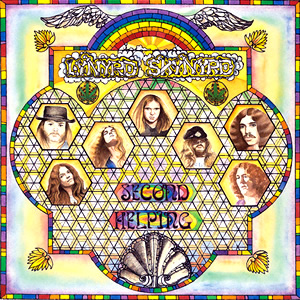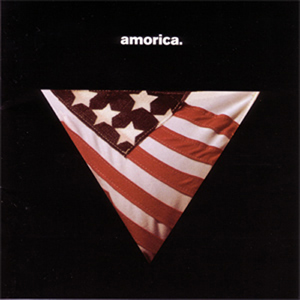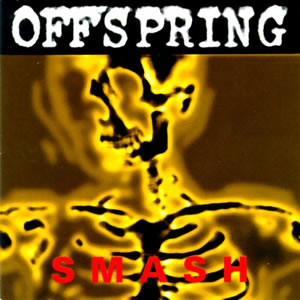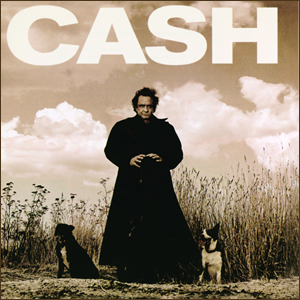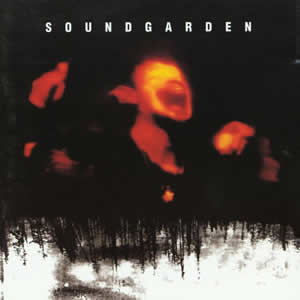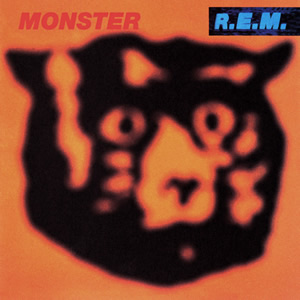Second Helping by Lynyrd Skynyrd
Buy Second Helping After their acclaimed, classic 1973 debut album, Lynyrd Skynyrd returned with the equally impressive Second Helping, where they continued to forge the emerging genre of Southern-fried rock. Like the first […]

